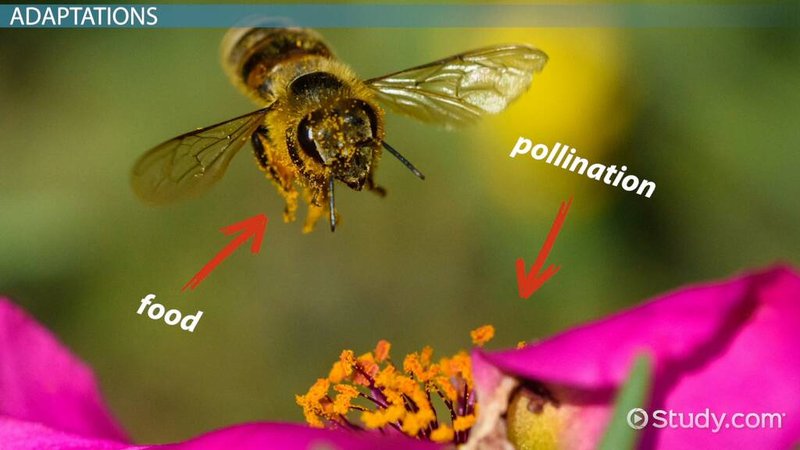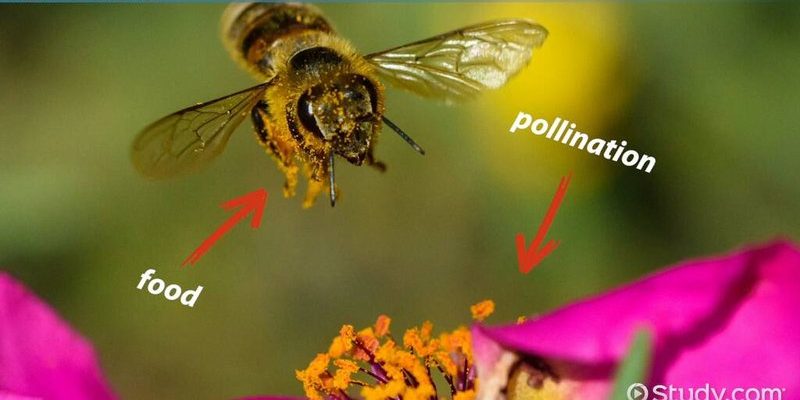
Let’s dive a little deeper. Stick insects, or phasmids, are masters of disguise, blending perfectly into branches and leaves. They’re not just experts at hiding; they also partake in the delicate dance of pollination. While they might not be the first creatures that come to mind when we think of pollinators, their role can be surprisingly significant. So, grab a cup of coffee, and let’s explore the world of stick insects and the various “jobs” they have in the ecosystem.
What are Stick Insects?
Stick insects belong to the order Phasmatodea, which includes over 3,000 species. They come in various shapes, sizes, and colors, often resembling twigs or leaves. This clever camouflage helps them avoid predators. You might wonder how such an unusual creature fits into the grand scheme of nature. Well, stick insects serve as both herbivores and prey, creating a balance in their habitats.
These insects typically feed on leaves, using their long, slender bodies to blend in with their surroundings while munching away. You might often find them in forests and gardens, hanging out on trees and bushes. They’re not flashy insects, but their unique adaptations and behaviors make them quite remarkable.
The Role of Stick Insects in Pollination
You might be surprised to learn that stick insects contribute to pollination. While they’re not as efficient as bees or butterflies, they do visit flowers occasionally. When feeding on plants, they can unintentionally pick up pollen on their bodies and transfer it between flowers. It’s like they’re doing a little side job while munching on their lunch.
Pollination is crucial for many plants, as it helps them reproduce and produce fruits and seeds. Without the help of such creatures, many plants would struggle to thrive. Stick insects help maintain biodiversity in their environments, allowing various plants to grow and flourish.
Feeding Habits and Plant Relationships
So, what do stick insects eat? Well, it typically depends on their species. Most stick insects are herbivores and prefer munching on leaves from specific trees and shrubs. For instance, many enjoy eucalyptus, bramble, or ivy. Their feeding habits can help control plant population and maintain ecological balance.
This relationship with plants doesn’t just benefit the insects; it’s a two-way street. By feeding on certain plants, stick insects can help promote new growth. When they munch on older leaves, it encourages the plant to produce fresh leaves, which can benefit other animals in the ecosystem. It’s a cycle of life that shows how interconnected everything is!
What Happens When Stick Insects Are Disturbed?
If a stick insect feels threatened, it has a few tricks up its sleeve. Instead of taking flight like some creatures, these insects often remain motionless, blending in with their surroundings. If that doesn’t work, they might even shed a limb to escape a predator. They can regrow a leg later, which is quite handy in the insect world. This ability ensures their survival and allows them to continue playing their role in the ecosystem.
The Impact of Habitat Loss on Stick Insects
Unfortunately, stick insects face several challenges in the wild, particularly habitat loss caused by deforestation and urban development. As their homes disappear, their populations decline, which can impact the plants they pollinate. It’s a bit of a domino effect—less stick insects can lead to fewer plants thriving, which then affects other species that rely on those plants for food or shelter.
Conservation efforts are essential to protect stick insect habitats. By preserving forests and promoting sustainable practices, we can help ensure that these fascinating insects continue their important jobs in nature. It’s a reminder that even the tiniest creatures have an impact on our environment.
Interesting Facts About Stick Insects
There’s so much more to stick insects than just their roles in pollination. Here are a few fun facts that might surprise you:
- Camouflage Champions: Stick insects are known as masters of disguise. Some can even change color to blend in with their surroundings!
- Long Lifespan: Depending on the species, stick insects can live anywhere from a few months to up to 3 years.
- Unique Reproduction: Many stick insects can reproduce through a process called parthenogenesis, where females can produce eggs without mating.
These quirky traits add to the charm of stick insects and highlight their importance in our ecosystems.
How to Help Stick Insects
If you want to contribute to the well-being of stick insects, there are a few simple steps you can take:
- Plant Native Flora: Growing local plants in your garden can provide food and shelter for stick insects and other beneficial insects.
- Reduce Pesticide Use: Chemicals can harm stick insects and disrupt their habitats. Opt for natural pest control methods instead.
- Support Conservation Programs: Get involved with or donate to organizations focused on protecting insect habitats and biodiversity.
Even small actions can lead to significant changes in protecting these unique insects and their ecosystems.
Stick insects are truly remarkable creatures that play several roles in their ecosystems, including the important task of pollination. Their ability to camouflage, unique feeding habits, and fascinating life cycles contribute to the balance of nature. While they may not be as celebrated as bees or butterflies, they certainly deserve a spot in the spotlight.
By understanding and appreciating these incredible insects, we can take steps to protect them and their habitats. Next time you see a stick insect, take a moment to appreciate all the hard work they’re doing behind the scenes, quietly helping the environment thrive.

